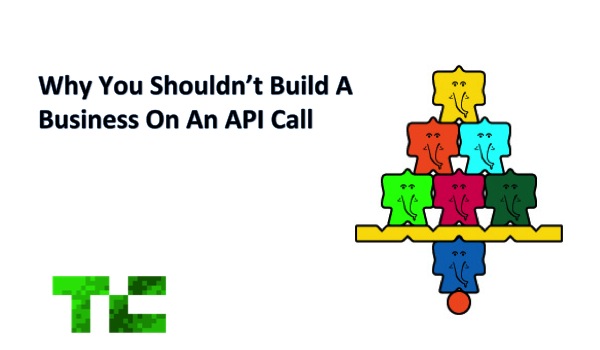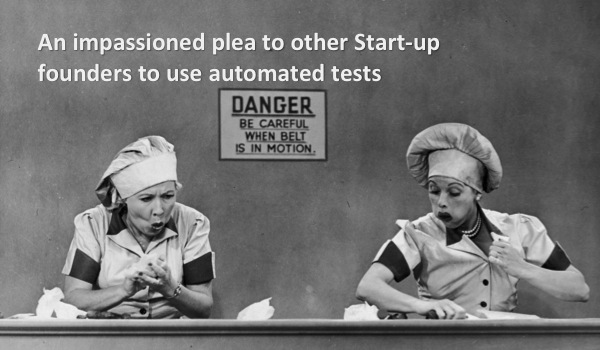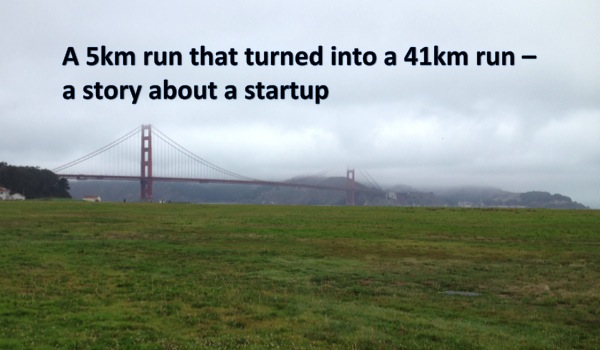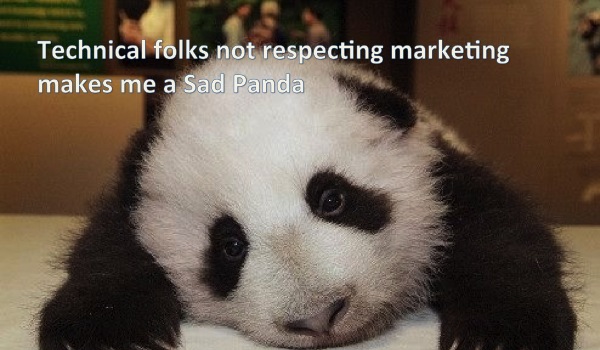On March 31st, 1985, WrestleMania was born at Madison Square Garden in New York. Last night, Wrestlemania returned to its roots in New York/New Jersey. WrestleMania 29 was hosted across the river at the Met Life stadium, where over 80,676 people packed in to see this spectacle. The event at the Metlife Stadium set a gate record with nearly $12.3 million, besting the previous gate record of $8.9 million by U2. New Jersey Governor Chris Christie was also in attendance in his patented fleece pull over supporting the event and putting over the economic benefit to New Jersey and fundraising for Hurricane Sandy. Over nearly 30 years, WrestleMania has morphed from a popular culture phenomenon to a major media presence. In addition to having the long running television show with over 1000 episodes, it continues its reach into feature films, philanthropy and social media. While each of these components would be impressive on its own, the effectiveness of it as a media machine is how these individual elements function together to grow its media “Universe”. The goal of any of its performers is to be able to transition seamlessly between multiple media to further extend WWE’s global brand. WWE performers now go between movies, television shows, appearances and other philanthropic activities. This year’s event featured a first. Dwayne “The Rock” Johnson went into the event as not only the WWE champion but also the reigning box-office champ with his new movie GI Joe: Retaliation. Dwayne personifies the aspirations and the direction of the organization. The organization has always tried to transcend its roots of being a wrestling company and further transform into a worldwide media company. John Cena achieved a measure of redemption by achieving a victory over the Rock to become the champion. Aside from it being John Cena’s 11th championship, at the press conference John demonstrated the global aspirations of the company especially within the Asian market. A Chinese journalist asked John a question regarding the timeline for a return to China. Without missing a beat, John quickly replied in Mandarin. Like many other brands, WWE recognizes the importance of reaching into the growing Asian market for growth. WWE has always been able woo international audiences as reflected in the international diversity of the press corps. For those monitoring social media, specifically Twitter, during WrestleMania or any other WWE event for that matter, trending topics on any given night can be dominated by WWE trending topics. WrestleMania had dozens of trending topics last night as different performers took the stage. After filling the Met Life stadium, the WWE doesn’t miss a beat. As a company without an...
Read MoreI am constantly amazed by the number of startups that build applications and take a huge business risk by building their company on an API call. Countless apps, particularly social apps, have popped up through the last 24 months that have taken data from other systems and re-displayed it in their systems. While there is widespread usage of APIs (and not for a moment am I suggesting that people not use them at all), I just think that start-up founders consistently underplay the business risk. The risk is clear, if the data dries up so does your business. For all that have created apps based largely on API calls, consider what would happen if that information fire hose wasn’t there anymore. The companies who provide these APIs may not disappear, but it will definitely be a game-changer. The changes to Twitter’s API should serve as a warning sign and an important reminder. Countless third-party Twitter apps have found all their hard work rendered useless by the latest release of their 1.1 API, as the vital flow of data has come to a halt or slowed greatly. Some might blame Twitter and say how dare they shut down the fire hose to the community. I think a lot of responsibility needs to be placed on the developers who consciously build on an ecosystem they knowingly can’t control. Two examples cited directly by Michael Sippey on the Twitter blog are Tweetbot and Echofon. In the words of Sippey, “Nearly eighteen months ago, we gave developers guidance that they should not build client apps that mimic or reproduce the mainstream Twitter consumer client experience. And to reiterate what I wrote in my last post, that guidance continues to apply today.” I am not here to parse the he said she said, just to offer a warning to startups building their business on an API. If your startup could have its throat cut by a TOS (Terms of Service) change or API change, you shouldn’t just brush inherent risks to your company under the carpet. Moving beyond the risks to your company you should also consider what the true value you are providing to your users. In many cases (especially in the case of social), apps merely have a new UI on top of the information of Twitter or Facebook. On the contrary, there is something amazing to be said for companies who build into the ecosystem and allow their functionality to be seamless across a broader group of applications. The best example that comes to mind is 37 Signals universe and the way they have built and integrated into countless other useful applications. They allow vital business information to...
Read MoreAs our team gets closer to launching our latest start-up, I wish to pass on a piece of advice that has been a tough lesson for me to learn. Working on the business side of the shop, I have fought against automated tests for a while. That all changed recently. My epiphany came after dealing with a few problems, doing some research and receiving sage advice from multiple people while working on Printchomp. The conclusion I reached was that automated tests save developers time and let you deliver more. This was a painful admission, but a correct one. Let me explain further as to how I came to this realization: 1. Time it takes to do QA (Quality Assurance) without automated tests – I have been in multiple start-ups where automated tests didn’t exist, and let me just say the QA overhead was astronomical. Every time a new feature was rolled out we would have to check the code in multiple browsers in painstaking detail to see if a user could still make it through the checkout process. Due to the fact that basic testing flows weren’t in place, we would waste countless hours every time a new change or feature was introduced. 2. It keeps the locus of control of the QA process closer to developers – I have advocated for a long time that there needs to be closer ownership of code by developers themselves. I have seen many instances where code was checked carelessly, and then tossed over the fence for the QA and business folks to find and fix the errors. With automated testing, developers can run more localized testing and make quick fixes that don’t involve monopolizing QA. Running unit tests ahead of code check-ins are an invaluable step to save headaches later and reduce stress between stakeholders. 3. You build faster – While it seems counter-intuitive, building tests saves you time in the long run. The knee jerk reaction is to spend your time building new features. I have had this reaction many times, but I realized I needed to change it. The best way, I think, is to think of your product as the Starship Enterprise. Scotty, an engineer, can only check so many things at once. An automated test multiplies the ability of Scotty to diagnose and test multiple things. As Captain Kirk, your goal is to keep the Enterprise going forward. Something as simple as automated testing can keep you going at light-speed. One of the biggest time sinks in development is finding the problem. With proper tests in place you can isolate and figure out where the issue is. 4. Ramps up training of new developers – With automated tests in place, it is easier for new developers coming into the system to understand code that they didn’t write. There is no one, probably not even your CTO, that...
Read MoreSo as everyone has probably heard already, I recently lead the charge to launch a new startup called Printchomp. I started this back in April and needless to say it has been a whirlwind. I have had my share of highs and lows building something from nothing and it was nothing like I have ever done before. It drew a perfect parallel to another adventure I decided to undertake this week (this one purely by accident). I was out for a simple 5km run 2 days after launch and I decided, what would happen if I just went a little bit further. That little bit further turned out to be 41km, just shy of a marathon distance run. I had never run this distance around the Bay before, but I had a voice in my head saying to me push a little further. My longest run for the year was 14km and mostly downhill so, was I skeptical if I was going to make it back. I guess that is the thing when you start a business or push outside of your comfort zone, you have to believe you are going to make it. The run to me became quickly a metaphor to starting a business. You have to be willing to put yourself in harms way, receive the slings an arrows of potentially failing to achieve your goals. I became aware of on the run, no one was there to save me but myself. The success of your business rests on a the edge of a sword, and depending on what you are willing to put into it. You may just fail or you could succeed beyond your wildest dreams. After getting to the finish line after a long run or a new launch, A new race begins. The voyage of turning an MVP into a service that the masses want to use. The brief glory, of getting to the finish line is quickly eclipsed by the reality that your race has only just begun. In many ways the run was very cathartic for me. It gave me an opportunity to put things into perspective but also focus on the task at hand. It gave me an opportunity to look back on my failings and look for ways to improve and get better. Self reflection is a tricky thing, you have to pull away all of the noise and focus on the what is most important. Mind you on a 41km run you have a lot of time to think about a lot of things (Very Forrest Gump of me I know). I thought about previous jobs, people I...
Read More30 days out from launch I was reflecting on the top things I need to do to help make my company as successful as possible. Here were the top 5 things 1. MVP, MVP, MVP – This isn’t the time to get fancy with all the bells and whistles. You can always build them later. This is about making sure your system works. The question here should be “Is the baseline user experience working?”. I have been tempted to ask for this, that and the other. At the end of the day, the system needs to work in its purest form. 2. You are the Quality Assurance and the product manager – Testing is never a fun activity, but guess what? It is your responsibility to go out and test every freaking button, every square pixel of your user experience. IT IS YOUR RESPONSIBILITY TO FIND ALL OF THE BUGS! 3. Focus and inspire your team – As the fearless leader of your team, it is your job to keep everyone pumped and excited and firing on all cylinders. It is easy for everyone to get distracted with background noise. Whether it be showing up with pizza while everyone works into the night, or passing on an encouraging word to someone who is really rocking it, it is your job to help everyone stay on their A game. 4. Prime the pump – Work with your perspective partners and customers ahead of time. If you haven’t done this yet, this is the time you want to start speaking to them. You want to hit the starting line with a running start not with a dead stop. This will rapidly help and ensure you will get moving faster. 5. Ask for help – You are only one person. Although you may be running yourself ragged to be all things to all people internally and externally, you need to not be afraid of asking for help. Friends, family or colleagues (assuming that you haven’t pissed them off) are generally more than willing to help you. Make sure you keep track and get ready to thank those people when you achieve what you set out to do. More times than not, people can forget or not be appreciative to all the people that helped them along the...
Read MoreLately, I have had the opportunity to sit across the table for a coffee or a beer with a lot of technically talented people. Some of them I have actively recruit into Printchomp, because I recognize their skillset and ability and what they bring to the table. I have however seen some irritating trends. So people may be working on their pet project, which is totally fine, but then as an after thought they wonder how can I get millions of people to using it. This point leads me to my general hypothesis: that there are two equally important parts to balance the equation, the business part and technical part. I just sat in on a MBA class of students pitching their company ideas, and one resounding thing came back time and again. Many spent the presentation talking about a cool new technology, but not the pain it was solving. This is how I feel sometimes when I am listening to pure technologists describe their product to me. Yes it might be technically excellent but why the hell would I want to use it? There are some interesting lean principles regarding validation and testing hypotheses that can help pure technical people avoid those traps. That said I don’t think enough technical folks test those assumptions. It really comes back to why are you building this feature or product. One of the other judges at this university pitch presentation hit the nail on the head, build what you can sell not sell what you can build. I will go to my final point. There is a lack of respect for marketing and business development. Converting people to using your service or product doesn’t “just happen”. There are some instances where things can strike a nerve and go bonkers, but the vast majority of things need to build an audience. Audiences are built using good messaging and tactics, executed by a person who knows what they are doing. If you are an engineer and approach a friend to help you with marketing, don’t expect that they will impart all their knowledge in 10 minutes. Imagine your disgust if they expected you to tell them all about development in 10 minutes, it ain’t gonna happen. People need to consider tough questions like Cost Per Acquisition (CPA). They also have to know whether it is even worth it to acquire that customer, if you don’t have a downstream strategy, what is the point. One company in the pitch competition was stating their key differentiator to Dropbox was unlimited storage. I went on to painfully explain how one user could effectively break their business...
Read More




